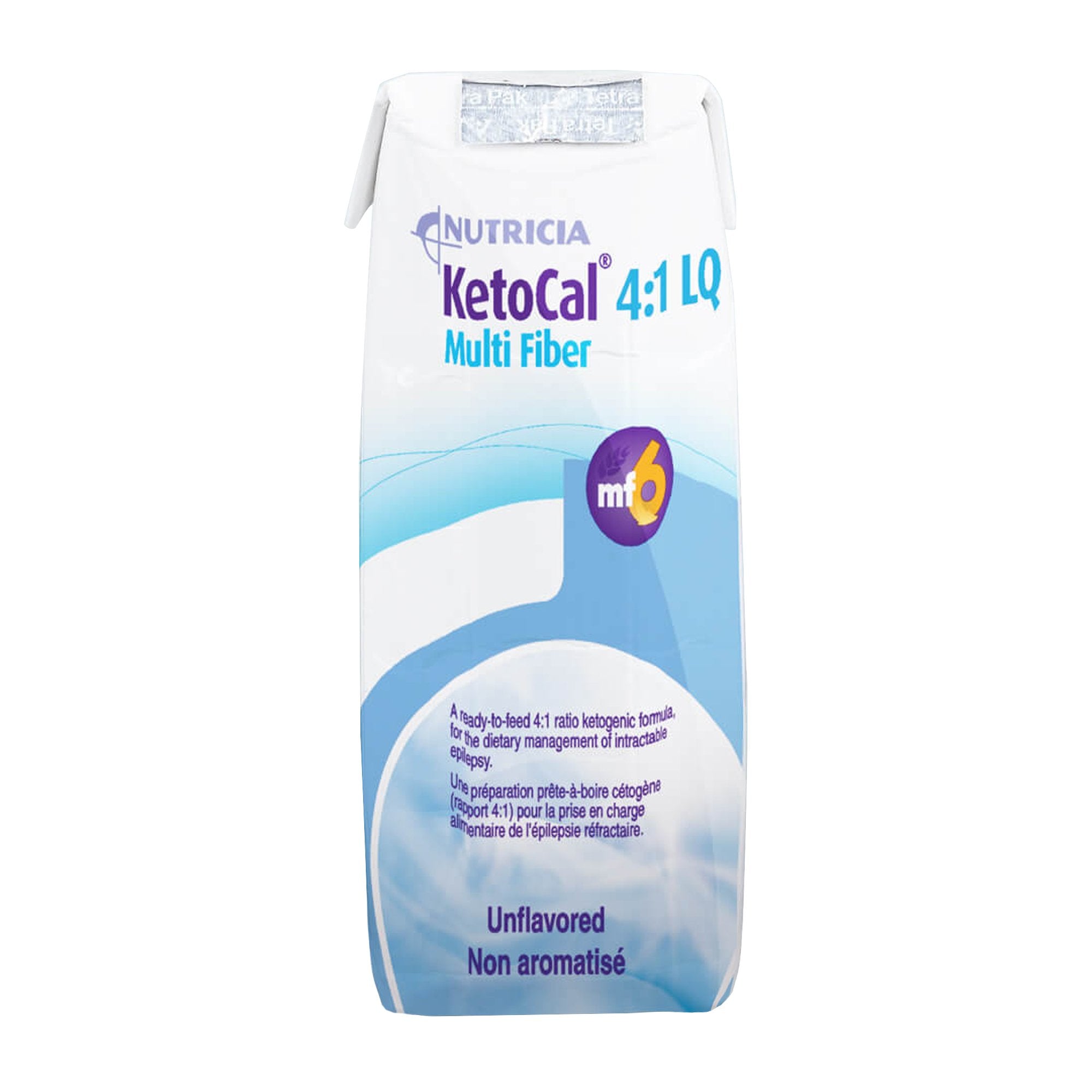In the world of medical treatments, you may come across terms like "enteral" and "parenteral," which refer to different methods of administering vital nutrients and medications to the body. These terms can be a bit confusing at first, but fear not! In this article, we'll dive deep into the world of enteral vs parenteral, unraveling their meanings, differences, and helping you make an informed decision based on your unique needs.
Enteral: Nourishing the Body from Within
Let's start with enteral nutrition, often referred to as "tube feeding."
As the name suggests, this method involves delivering nutrients directly into the gastrointestinal tract, bypassing the oral route.
It's primarily used when individuals are unable to consume food or absorb nutrients through their normal digestive process.
Enteral nutrition can be a game-changer for people with conditions like swallowing difficulties, gastrointestinal disorders, or malnutrition.
Enteral feeding can be administered through different means, including nasogastric tubes, gastrostomy tubes, or jejunostomy tubes. The type of tube used depends on various factors, such as the duration of treatment and the patient's specific needs.
It's important to note that enteral feeding is typically reserved for individuals with a functional gastrointestinal system.
From a personal standpoint, I find enteral nutrition fascinating because it allows individuals to receive the necessary nourishment while bypassing any hurdles their digestive system may present. It can provide a sense of relief and comfort, knowing that your body is getting the vital nutrients it needs to thrive.
Parenteral: Delivering Nutrients Directly into the Bloodstream
Now, let's turn our attention to parenteral nutrition.
Unlike enteral nutrition, which relies on the gastrointestinal system, parenteral nutrition involves delivering nutrients directly into the bloodstream.
This method is utilized when the digestive system is unable to absorb nutrients effectively or when the gastrointestinal tract needs rest and healing.
Parenteral nutrition is often delivered through a central venous catheter, which is inserted into a large vein near the heart.
This allows the nutrients to be rapidly distributed throughout the body, nourishing the cells and tissues directly. It's a life-saving intervention for individuals with conditions like severe malabsorption, bowel obstruction, or intestinal failure.
Personally, I find parenteral nutrition to be a remarkable feat of modern medicine. The ability to provide essential nutrients directly to the body's cells, bypassing any digestive obstacles, is truly awe-inspiring.
It has the potential to improve the well-being and quality of life for those who depend on it.
Comparing Enteral and Parenteral Nutrition: The Pros and Cons
Now that we have a basic understanding of enteral and parenteral nutrition, let's compare the two methods more closely. Each approach has its own set of advantages and considerations, and choosing the right option depends on individual circumstances and medical recommendations.
Enteral Nutrition: Pros and Considerations
Pros
- Utilizes the natural digestive process, aiding in the maintenance of gastrointestinal function.
- Helps maintain the integrity of the gut barrier, preventing complications associated with prolonged lack of oral intake.
- Allows for a sense of normalcy, as individuals can continue to experience the act of eating and swallowing.
Considerations
- Requires a functional gastrointestinal system for successful delivery and absorption.
- Potential complications may arise, such as tube displacement, clogging, or infection, requiring close monitoring and care.
- Some individuals may experience discomfort or difficulties associated with the presence of tubes.
Parenteral Nutrition: Pros and Considerations
Pros
- Provides a direct and rapid route for delivering essential nutrients to the body.
- Suitable for individuals with compromised gastrointestinal function or when the gut needs rest and healing.
Considerations
- Requires careful monitoring and management by healthcare professionals due to the potential risks and complexities involved.
- The insertion of a central venous catheter carries inherent risks, including infection, clotting, or damage to blood vessels.
- Long-term dependence on parenteral nutrition may require lifestyle adjustments and specialized support.
It's important to note that the decision between enteral and parenteral nutrition is not always a clear-cut choice.
In many cases, a multidisciplinary healthcare team, including doctors, dietitians, and nurses, will assess the individual's specific needs, medical condition, and overall goals to determine the most appropriate method.
Factors Influencing the Choice
Several factors come into play when determining whether enteral or parenteral nutrition is the best fit for an individual. These considerations may include:
1. Gastrointestinal Function
The functionality and integrity of the gastrointestinal system play a significant role in determining the suitability of enteral nutrition. If the gut can adequately absorb and process nutrients, enteral feeding is generally preferred. On the other hand, if there are issues with digestion, absorption, or motility, parenteral nutrition may be necessary.
2. Medical Condition and Diagnosis
The underlying medical condition and diagnosis heavily influence the choice between enteral and parenteral nutrition. Conditions such as intestinal obstruction, severe malabsorption syndromes, or certain gastrointestinal disorders may necessitate parenteral nutrition. Meanwhile, enteral nutrition may be appropriate for individuals with swallowing difficulties, mild to moderate malnutrition, or functional gastrointestinal disorders.
3. Nutritional Requirements
The nutritional needs of the individual are carefully evaluated to ensure they receive the appropriate balance of macronutrients, micronutrients, and fluids. The chosen method must provide the necessary nutrients and support the individual's overall health and well-being.
4. Treatment Duration
The anticipated duration of treatment is another crucial factor. Enteral nutrition is typically preferred for long-term nutritional support, as it offers a more natural and sustainable approach. Parenteral nutrition, on the other hand, is often reserved for short-term use or as a bridge to restore gut function.
5. Individual Preferences and Tolerance
Considering an individual's preferences, comfort, and tolerance is vital. Some individuals may have personal preferences regarding the method of administration or may find one method more manageable and convenient than the other.
Ultimately, the decision between enteral and parenteral nutrition should be made in collaboration with healthcare professionals who have a comprehensive understanding of the individual's medical history, current condition, and goals.
Understanding the differences between enteral and parenteral nutrition is essential for making informed decisions about healthcare options.
While enteral nutrition nourishes the body through the gastrointestinal system, parenteral nutrition bypasses the digestive process by delivering nutrients directly into the bloodstream.
Each method has its own set of advantages and considerations, and the choice depends on various factors such as gastrointestinal function, medical condition, nutritional requirements, treatment duration, and individual preferences. It's crucial to work closely with healthcare professionals to determine the most suitable option for optimal health and well-being.
Remember, the information provided here serves as a general guide, and it's always best to consult with your healthcare team for personalized advice tailored to your specific needs. Take charge of your health and make decisions that empower you to live your best life.











